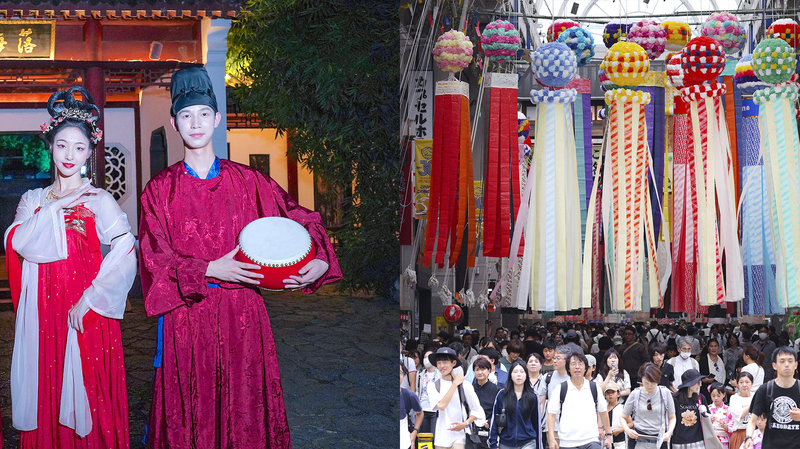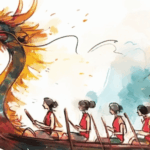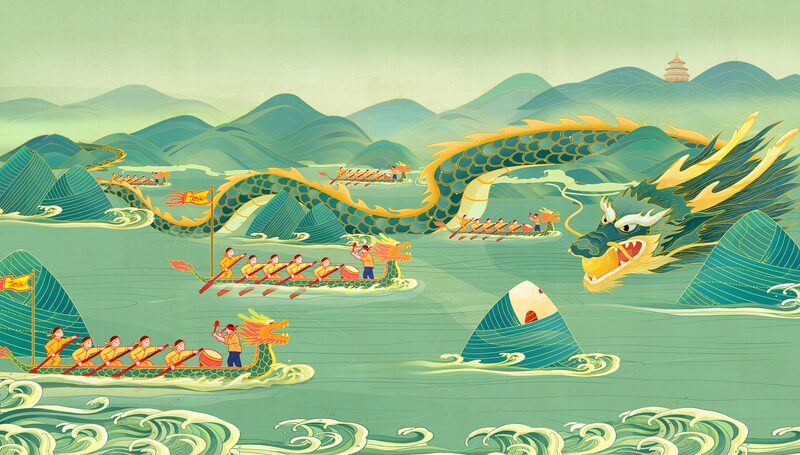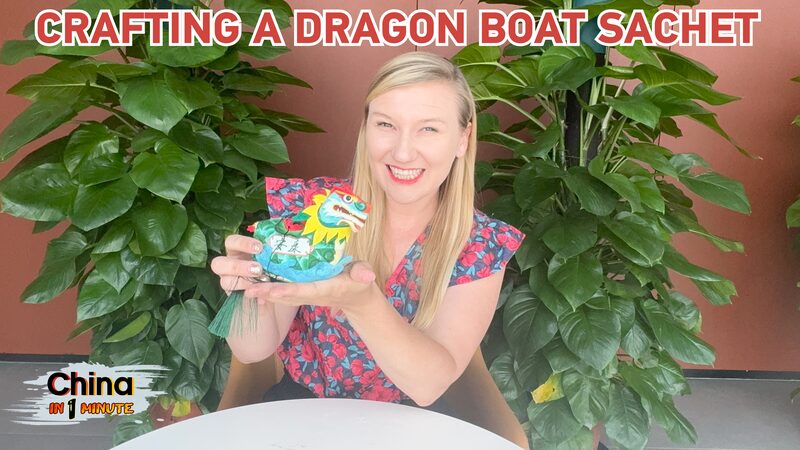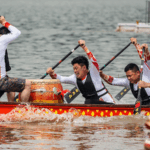From Dragon Boats to Star-Crossed Lovers: How Shared Festivals Tell a Deeper Story
Centuries of cultural exchange between China and Japan have left a vibrant mark on traditional festivals 🎏—each reflecting unique twists while preserving ancient roots. Let’s dive into three celebrations that unite these neighbors, yet sparkle with local flair!
Dragon Boat Festival ⛩️ vs. Tango no Sekku 🎏
China’s Duanwu Festival, marked by zongzi (sticky rice dumplings 🥮) and dragon boat races, honors poet Qu Yuan. In Japan, Tango no Sekku evolved into Children’s Day, featuring carp-shaped flags symbolizing strength. Same origin, totally different vibes!
Qixi 📜 Meets Tanabata 🌟
China’s Qixi celebrates a cowherd-and-weaver girl legend with romantic motifs. Japan’s Tanabata turns it into a colorful spectacle where wishes are tied to bamboo branches. Both whisper tales of love, but one’s a quiet date night, the other a glittering street party!
Double Ninth Festival 🍶 & Chōyō 🍁
China’s Chongyang Festival promotes elder respect and autumn hikes. Japan’s Chōyō emphasizes longevity with chrysanthemum rituals. Either way, it’s about honoring life’s seasons—with snacks!
These festivals prove culture isn’t static. They’re living traditions, adapting across borders while keeping history alive. 💫 Next time you see a dragon boat or a wish-filled bamboo, remember: you’re witnessing centuries of connection!
Reference(s):
cgtn.com
